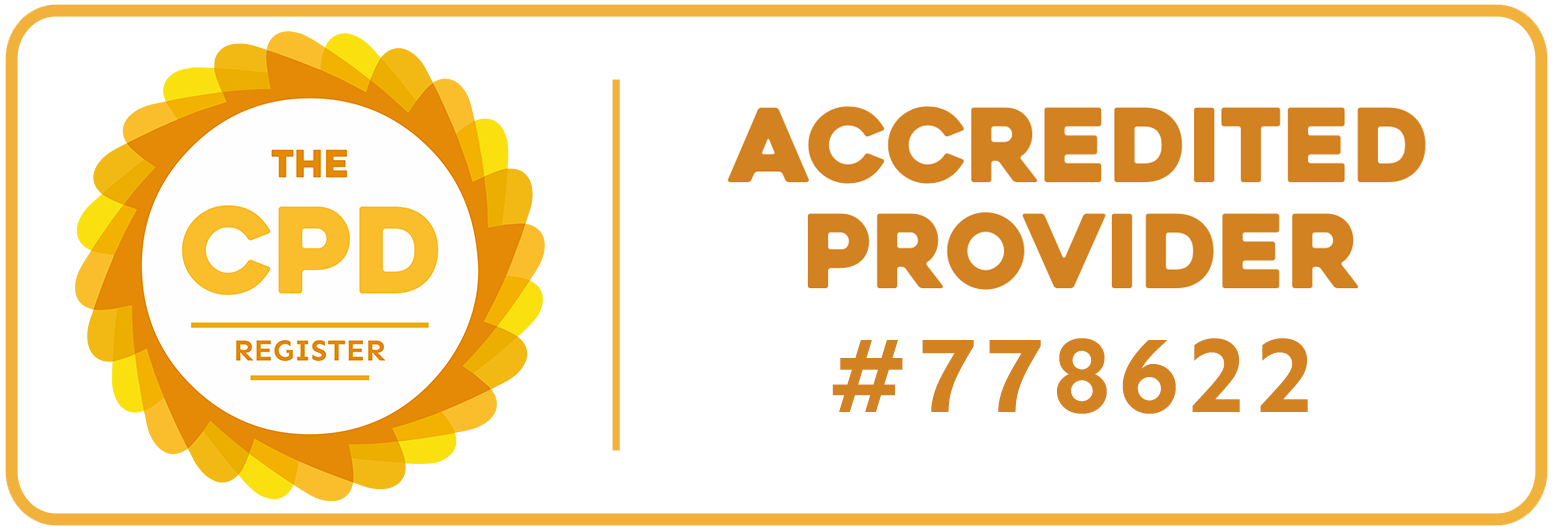Transform Ageing: Lessons from our participants
- 12 March 2018
- Posted in: Healthcare
What did we do?
Transform Ageing is a pioneering programme taking a community and design led approach to improve people’s experience of ageing.
Bringing together people in later life, social entrepreneurs and public sector leaders, Transform Ageing examines challenges ageing communities in Devon, Cornwall and Somerset experience and aims to support social entrepreneurs to develop and deliver innovative product and service solutions to meet these needs.
In the first phase, ‘Exploring the Challenge’, we brought together these stakeholders in workshops to collaboratively understand, in-depth, what people in later life in the south-west need and want, what would improve their experience of ageing and what would make a difference to their day-to-day lives.
As part of the evaluation to develop and improve the programme, we commissioned a team of ethnographers to follow participants through the workshops. The ethnographers spent time with participants in one challenge group per location, to understand their experience of the workshops. We were interested in knowing how they found working in groups with different stakeholders, being part of a design process and conducting their own community research.
What is ethnography?

Ethnography is a type of research. It is a method in the social sciences to collect qualitative (non-numeric) data about people and cultures, to understand people’s behaviour – whether individual, in groups or as a society. This involves observing people in their day-to-day life and in their own environments, spending time with people and encouraging them to reflect on their own behaviours, beliefs and feelings.
Video ethnography involves filming as well as observing, to document these moments, allowing the audience to see and hear participants in their own words.
What did we learn?
This video is an overview of some of the stories which came out from participants across all the locations. For a more in-depth look at individual locations, please follow the links to more videos at the end of this article.
- Diversity and collaboration: Participants valued being able to work with a diverse range of people in a collaborative way. Finding a shared language across the group was challenging, but helped to foster greater understanding across the different groups.
- Accessibility and inclusiveness: Participants felt heard and trusted. Whilst there are further opportunities for us to enable greater participation from the most isolated and vulnerable people, the process helped participants to value the contribution they could make from their own lived experience.
- Human beings first, professionals second: Participants were encouraged to contribute as human beings, leaving professional ‘baggage’ at the door. The community research also carried an emotional weight, allowing participants to connect with each other and their communities.
- The process and language of design: The process enabled participants to slow down and not jump to solutions. Some participants struggled with ambiguity at the start of the programme, and felt daunted by the pace. Encouragement to contribute from their own lived experience helped to grow participants’ confidence.
- Ownership and legacy: Teams felt emotionally invested, to an unexpectedly high level. Whilst a success of the programme, this also meant some participants were concerned about what might happen to their work in the next phase of the programme. Participants strongly wanted to continue to participate in the programme and see the impact of their contribution.

How did we use this to develop the programme?
During this phase of the programme, we fed back what we learnt to the programme team. This enabled them to work with local delivery organisations to support participants.
The insights also formed a big part of the development of the next phase of the programme. For example, stressing to us the importance of giving participants several different ways to participate in the future. These will include: connecting participants to local social entrepreneurs to test potential products and services; supporting participants to use design tools and techniques in their own endeavours and supporting participants to share their experiences and knowledge from the programme more widely.
Finally, we learnt that the programme needed to consider more varied routes to market for social entrepreneurs than originally envisaged – and stressed the importance of market making activities for the legacy of the programme. We were able to build this into the structure of the programme.



